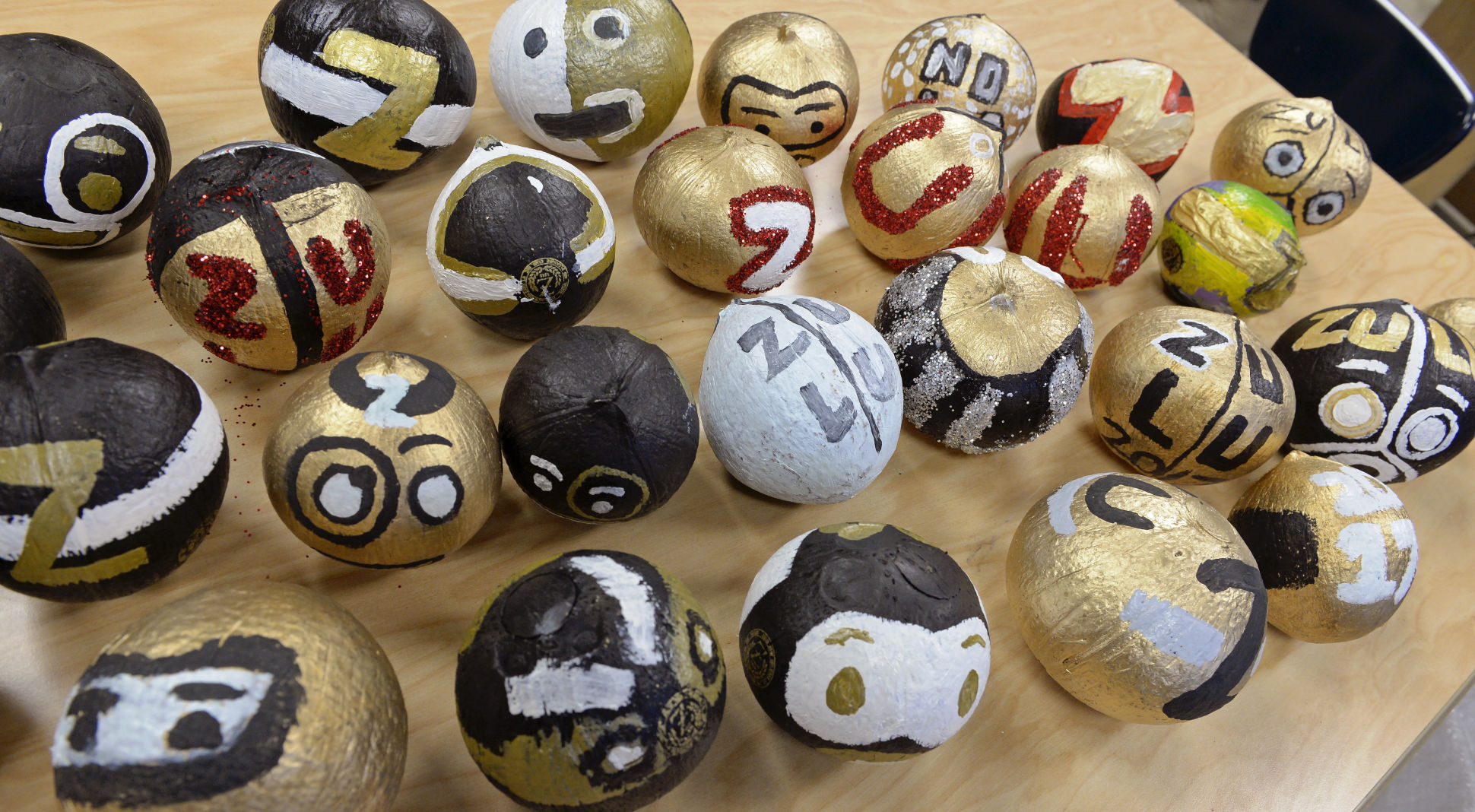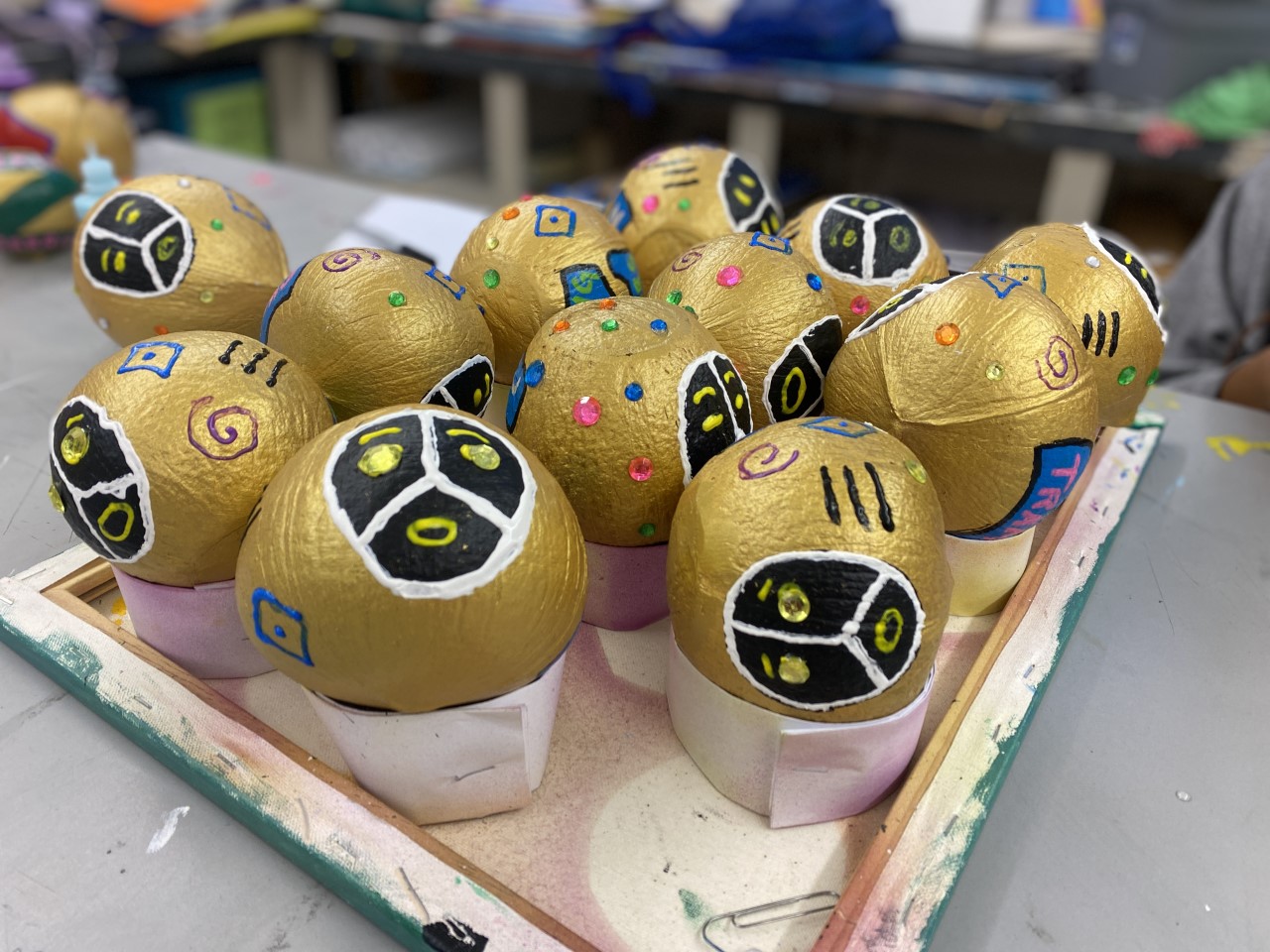If you’re looking for a unique and creative project that reflects cultural heritage and personal expression, decorating Zulu coconuts might just be the perfect activity for you. Having spent hours crafting various designs, I’ve come to appreciate the intricate beauty and cultural significance of Zulu coconut art. In this guide, you’ll find everything you need to know about transforming these humble coconuts into stunning decorative pieces.
What Are Zulu Coconuts?
Zulu coconuts, also known as “Zulu beads” or “Zulu art,” originate from the Zulu culture of South Africa. Traditionally, they are used in various ceremonial contexts and are often intricately decorated with bright colors and patterns. The coconuts serve not only as decorative pieces but also as a medium for storytelling and cultural expression.
Why Decorate Zulu Coconuts?
Decorating Zulu coconuts serves multiple purposes:
- Cultural Appreciation: Learn about and celebrate Zulu culture.
- Artistic Expression: Showcase your creativity through unique designs.
- Gift Giving: Create personalized gifts for friends and family.
- Home Décor: Add a unique touch to your living space.
Gathering Your Materials
Before diving into the decorations, it’s essential to have all your materials ready. Here’s a handy table of what you’ll need:

| Material | Description | Estimated Cost |
|---|---|---|
| Zulu Coconuts | Fresh or dried coconuts, preferably with a smooth exterior. | $2-$5 each |
| Paints | Acrylic paints provide vibrant colors and durability. | $10-$15 for a set |
| Brushes | Different sizes for detailed work and broad strokes. | $5-$10 |
| Beads | Colorful beads for embellishments. | $5-$20 |
| Glue | A strong adhesive for attaching beads and other decorations. | $3-$8 |
| Varnish | To seal the paint and protect your work. | $5-$10 |
Choosing the Right Coconuts
When selecting coconuts for decorating, keep in mind:
Fresh vs. Dried Coconuts
- Fresh Coconuts: These have the natural coconut water inside but may be harder to clean and prepare for decoration.
- Dried Coconuts: Easier to work with, as they are lightweight and have a smooth surface. These are often preferred for decoration.

Preparing Your Coconuts for Decoration
The next step involves preparing your coconuts by cleaning and drying them properly. Here’s how to do it:
Cleaning the Coconut
- Begin by removing the husk if you’re using a fresh coconut.
- Wash the coconut thoroughly under running water to remove any dirt and debris.
- Let it dry completely. This might take a few hours or overnight.

Stabilizing the Coconut
To avoid rolling while you decorate, you can create a stable base:
- Cut a small slice off the bottom to create a flat surface.
- Alternatively, place it in a bowl or on a sturdy plate.
Design Ideas for Decorating Zulu Coconuts
Now that your coconuts are clean and stable, it’s time to unleash your creativity! Here are some design ideas to inspire you:

Traditional Zulu Patterns
Draw inspiration from traditional Zulu art, which often features intricate geometric patterns and vibrant colors. Use these elements to recreate authentic designs.
Nature-Inspired Themes
Think about featuring floral patterns, tribal motifs, or even animal designs that represent Zulu culture.

Personal Touches
Add your personal touch by incorporating names, dates, or meaningful symbols into your designs. This makes the coconuts perfect for gifts.
Techniques for Decorating Zulu Coconuts
Let’s explore some popular techniques for decorating your Zulu coconuts:

Painting Techniques
- Base Coating: Start with a solid base color to give a backdrop to your designs.
- Detail Work: Use finer brushes for intricate patterns after the base coat dries.
- Layering: Experiment with layering different colors for depth.
Using Beads and Other Embellishments
Consider the following for incorporating beads:
- String beads onto wire and wrap them around the coconut for a 3D effect.
- Use glue to attach beads in specific patterns or shapes.
Stenciling
For cleaner designs, consider using stencils. Cut your desired pattern from cardstock, secure it on the coconut, and paint over it for a crisp look.
Finishing Touches: Sealing and Protecting Your Work
After all the hard work, you’ll want to make sure your designs last:
- Varnish: Apply a clear acrylic varnish to protect your paint.
- Display: Consider how you will display your decorated coconuts—on shelves, tables, or as part of a larger decorative arrangement.
Pros and Cons of Decorating Zulu Coconuts
| Pros | Cons |
|---|---|
| Encourages creativity and artistic expression | May require a learning curve if you are new to painting or crafting |
| Unique and culturally significant decor | Needs time and patience to achieve best results |
| Great for gifting and personal projects | Materials can add up in cost |
Frequently Asked Questions (FAQs)
1. Can I use any type of coconut for decorating?
While you can use any coconut, dried coconuts are preferred as they are easier to decorate and will last longer.
2. How do I remove the water from a fresh coconut?
To drain the water from a fresh coconut, use a screwdriver or a sharp tool to poke holes in one of the “eyes” of the coconut and invert it over a bowl to catch the water.
3. What paints work best for Zulu coconuts?
Acrylic paints are the best choice as they adhere well to the coconut surface and offer a wide range of colors.
4. Can I sell my decorated Zulu coconuts?
Absolutely! If you create beautiful designs, selling them at local markets or online can be a great way to share your art.
Conclusion
Decorating Zulu coconuts is not only an enjoyable craft project but also a profound way to connect with and celebrate Zulu culture. As you learn and experiment with different techniques, you’ll find your style and possibly discover a new hobby that is both artistic and culturally enriching. So gather your materials, embrace your creativity, and start your journey into the vibrant world of Zulu coconut decoration. Happy crafting!